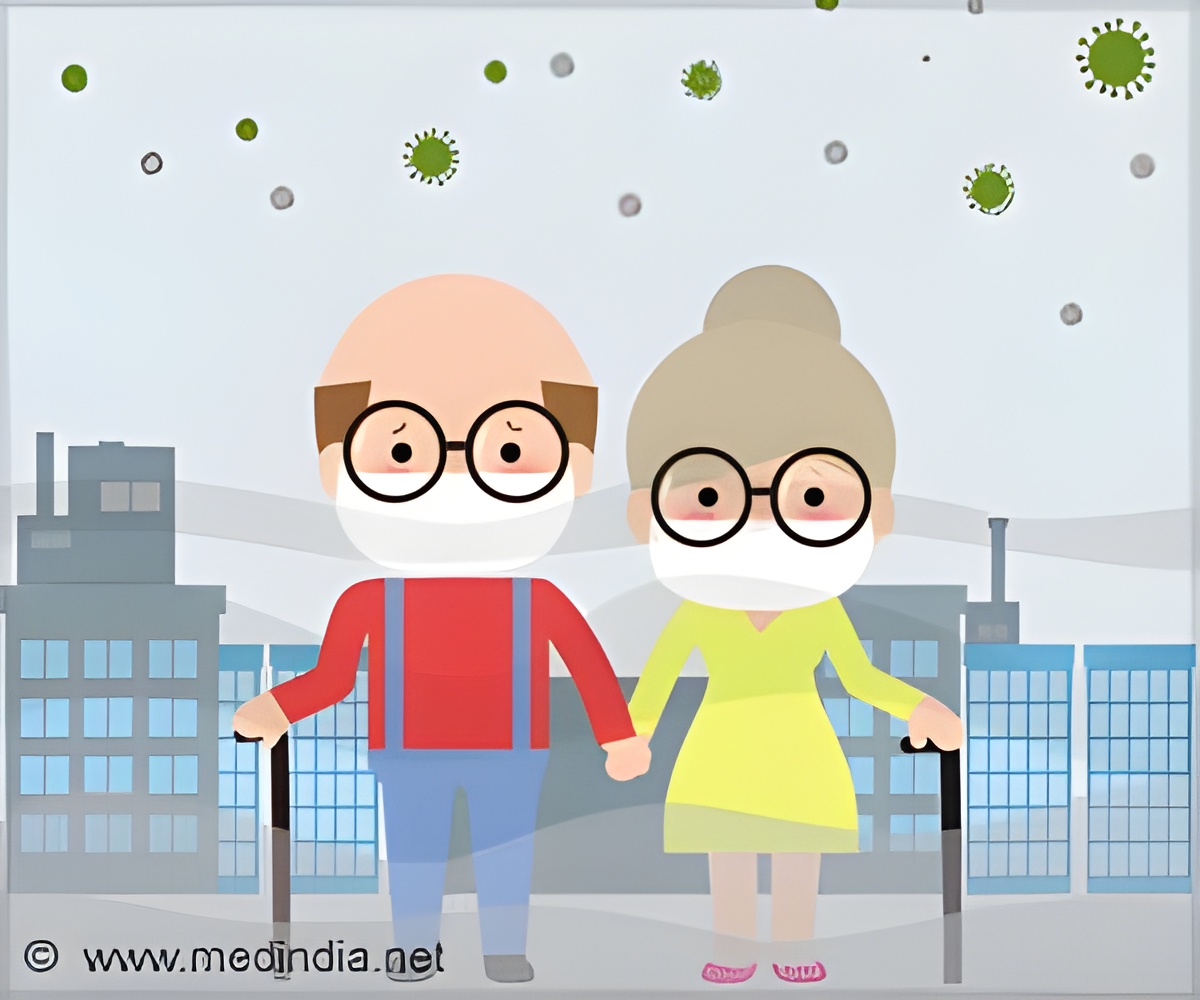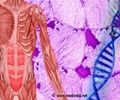
‘Widespread presence of three mutation combinations suggests that together, these mutations provide coronavirus with benefits not possible with a single change.’
Read More..Tweet it Now
The virus SARS-CoV-2 has forced human cells to copy its genetic code innumerable times over the past couple of years, and, in the process, errors have emerged.Read More..
These errors, or mutations, are the raw material for new variants. Scientists have found that nearly half of the genetic sequences within variants contain three mutations at positions called K417, E484, and N501.
All of these changes tweak the same part of the virus, known as the receptor-binding domain, which enables SARS-CoV-2 to infect human cells by latching onto their ACE2 protein.
The widespread presence of this combination suggests that together, these mutations provide the virus with benefits not possible with a single change. Vaibhav Upadhyay, Krishna Mallela, and colleagues wanted to tease out the advantages — and drawbacks — of each of these three mutations individually and in combination.
As a first step, the researchers produced domains containing the mutations and studied their effects in cells grown in Petri dishes. The team looked at how well cells could produce the domain, as well as the domain’s stability, ability to bind to ACE2, and ability to evade antibodies.
Advertisement
However, it also decreased the domain’s ability to attach to ACE2. The other two mutations had differing strengths and weaknesses. But, when put all together, the changes mitigated one another’s negative effects.
Advertisement
By revealing the details of how natural selection can favor a combination of mutations, these results offer new insight into virus evolution, according to the researchers.
Source-Medindia









